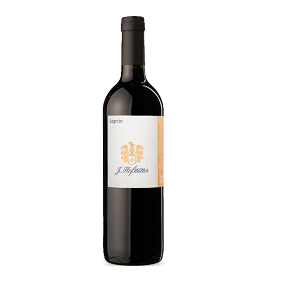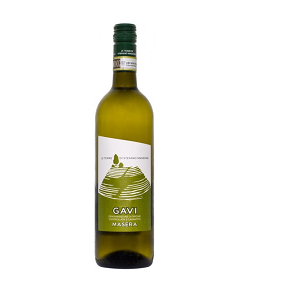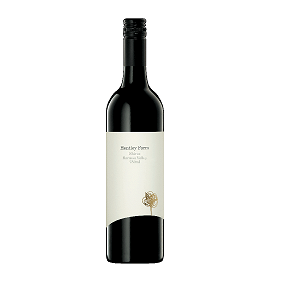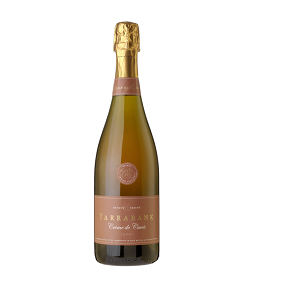J. Hofstatter Lagrein 2018
$49.99
SPECIAL BUY 6 or more. Beautifully fragrant Lagrein from Alto Adige in Italy.
Description
While the standout wines of the Alto Adige region in northeast Italy are the zesty, aromatic Germanic whites—Gewurztraminer, Pinot Grigio, and Weißburgunder (Pinot Bianco)—it was Ludwig Barth von Barthenau, a chemistry professor at the University of Vienna, who was among the first vineyard owners to plant Pinot Nero (Pinot Noir) near the town of Mazon in the Alto Adige in the mid-19th century.
A Francophile who loved French Burgundies, Ludwig Barth von Barthenau was definitely the first to exclusively grow Pinot Noir on his estate beginning in 1860. Barthenau’s pioneering focus on the Pinot Noir grape continues to animate the estate’s owners to this day. In 1942, Ludwig’s grandson sold the estate to the Foradori family; Paolo Foradori released his first Pinot Noir in 1959.
Also in 1959, Paolo married Sieglinde Oberhofer, the only daughter of Konrad Oberhofer, nephew of Josef Hofstätter, who in 1907 founded in the village Tramin the Weingut (estate, or Tenuta in Italian) Hofstätter. With the marriage of Sieglinde and Paolo the vineyard properties of the two families merged together.
Since 1987, Paolo Foradori and Weingut Hofstätter have produced the single-vineyard wines of Barthenau Vigna S. Urbano, Pinot Noir and Barthenau Vigna S. Michele, Pinot Blanc. (The Vigna name connotes the wine’s single-vineyard status and is the Alto Adige equivalent to a prestigious Cru designation in Burgundy.) The Mazon plateau located above the village of Neumarkt is particularly renowned for its Pinot sites and their prestigious wines have since attracted a worldwide following. Tenuta Hofstätter is the only family wine estate that owns vineyards on both the west and the east banks of the Adige River. They were pioneers of Pinot Nero in the area and are definitely regarded as benchmark producers of the variety in the region.
Lagrein is one of Alto Adige’s native vines which flourish in the hillsides around Tramin-Termeno and in good sites at Ora/Auer on the opposite side of the Adige Valley. Along with Marzemino, it is a descendant of Teroldego, and related to Syrah, Pinot Noir and Dureza. The variety typically shows a rich berry mid-palate with more savoury notes and some sour cherry astringency on the finish.
The J. Hofstätter estate owns several farmsteads, including five historic aristocratic “Ansitze”, aristocratic residences typical for South Tyrol. These farmsteads are located on both the east and west sides of the Adige River, which is unique for this region.
Grown on clay and gravel, the grapes are de-stemmed and crushed in the usual manner and fermented for 10 days at a controlled temperature. During this period the cap of skins and other solids which are driven to the surface is broken up and kept constantly submerged in the wine by punching down and pumping over. Towards the end of the fermentation we allow the temperature to climb a little in order to extract as much colour, aroma and flavour as possible from the skins.
Full, bright ruby, almost black in colour, this is an extremely typical Lagrein, very easily recognisable. It is immediately impressive due to the excellent equilibrium between intensity and complexity, between aromas of spice and small woodland berry fruits and violets. Its fragrance is striking, clear, captivating and fresh. Very harmonious on the palate, with assertive but supple tannins, full, broad, velvety, round with subtle spice on the finish enlivened by palate-lifting acidity.
92 points, Eric Guido, Vinous Media “Minty fresh, further accentuated by lifting florals and a whiff of white pepper, the 2018 Lagrein seems a bit reluctant today to show its full potental, but that isn’t worrying me. With the first sip, I’m greeted by depths of silky textures offsetting crunchy, mineral-encased red and black fruits, all propelled by juicy acids. Sweet violet flowers resonate over a coating of youthful tannin with echoes of blackberry and cherry to keep the imagination guessing at what’s to come. This may be the “entry-level” Lagrein at J. Hofstatter, but I’m curious to see just how much better it may get after a few years of cellaring. Drinking window: 2022 – 2032.”
RRP $64 **Our Special Price when you buy 6 or more $49.99**
Additional information
| Producer | J. Hofstatter |
|---|---|
| Region or Country | Alto Adige, Italy |
| Variety | Lagrein |
| Vintage | 2018 |
Only logged in customers who have purchased this product may leave a review.






Reviews
There are no reviews yet.